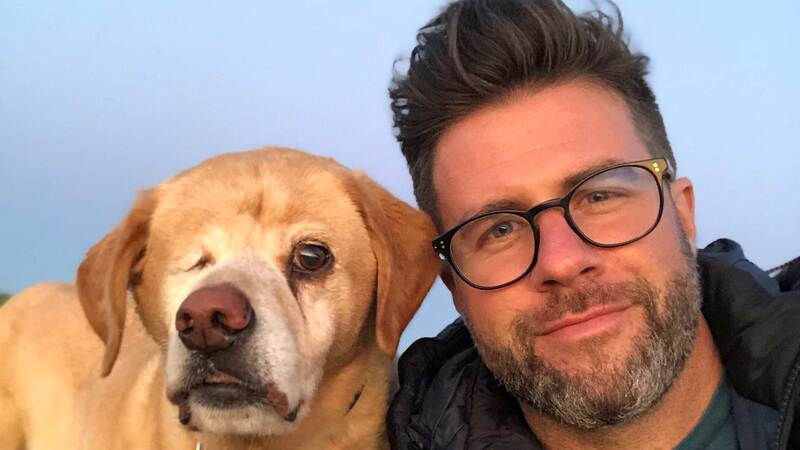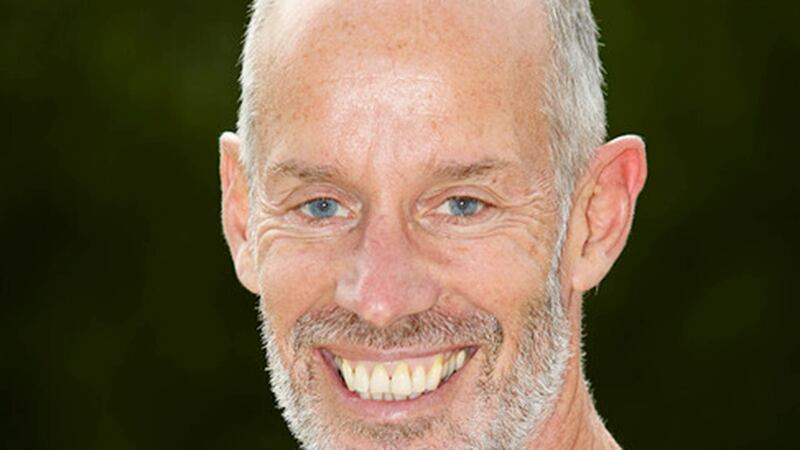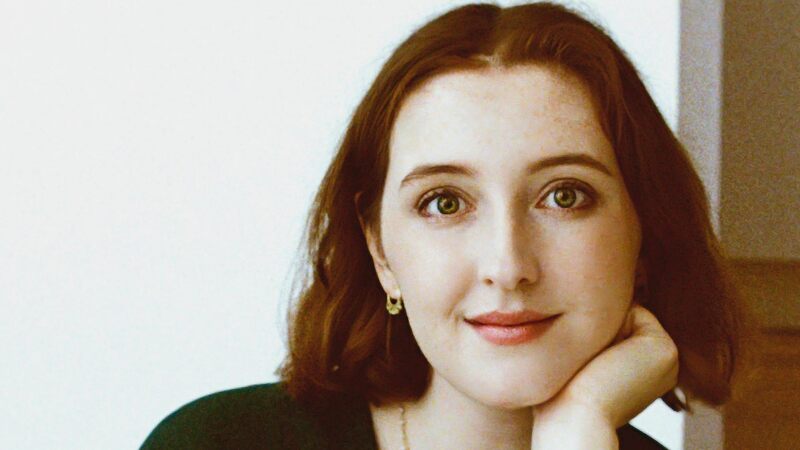You are viewing your 1 free article this month. Login to read more articles.
The electric power of Hemingway
When I was 12 I was wandering the shelves of the library in my small school in Brooklyn when the librarian, a practically omniscient Brit named Annie Bosworth, asked: “Looking for something to read, Peter?” Had I been old enough I might have married her for the way she said my name. I would have devoured any book she handed me. She went to the Hemingway shelf and drew out In Our Time. In releasing the book to the care of my impressionable imagination she set my life on an arc that would, in a couple of years, propel me out of the school, out of Brooklyn, and on a journey I am still in the grips of.
I had no idea. No idea that two friends could jump their skis around at the top of a long slope and swoop into the valley and walk together up a frozen road at dusk to an inn to drink wine and talk with affection about skiing across the Alps. No idea you could share Irish whiskey with your buddy in a cabin up in the deep woods while a fall storm rattled the windows, then pick up your shotguns, put on your mackinaws and go out into the rain. I had no idea you could break up with the love of your life because, basically, she was too good – she fished for chrissakes, rowed a boat like a man and made you picnics.
I was 12; I was in Brooklyn Heights. And I had no idea that the darkest things – the violent things told in the short vignettes between the stories – could be written with such distilled beauty; horrible scenes that read like poems.
I wanted it, all of it. I wanted to get thrown off a freight train in northern Michigan and meet a crazy boxer and fry ham and eggs in a spitting pan on a fire. I wanted to walk with a heavy backpack to the most beautiful river in the world and camp, make coffee and not burn my tongue, and fish for trout so big and fine and deeply coloured that they were hardly of this earth. And, like Hemingway,
I wanted to write about it all.
I was not sophisticated enough to read the subtext of the two ‘Big Two-Hearted River’ stories: that Nick was very fragile, that he was traumatised, that he was barely keeping things together. That beneath all of these stories was heartbreak and a deep, essential loneliness. That this, perhaps, was the price of all that beauty. I would find that out later, in my own time.
But the book set me on a path.
I made my parents send me away to boarding school in Vermont.
I spent all my time in the woods.
I took my own twist on Nick,
and hand-sewed a Sioux tepee in senior year and lived in it just off campus with my girlfriend. Who was too good. And broke my heart. I went to college in New Hampshire where I could be on rivers and in the mountains in every spare minute I had. Remembering the deep, affectionate friendships of In Our Time, and wanting to emulate them, I cultivated those kinds of friends. I got to make that ski run. Like Nick, I began the jerky process of learning that over time we lose everything, and that the darkness inside us often sabotages our happiness. And that sometimes the only salve is writing it.
I read the book again yesterday. I was struck by its tactile power; how I smelled again the crushed sweet fern, tasted the greasy ham. How those sensations cracked me open in a way that made me vulnerable to beauty and devastation. Hemingway is not fashionable any more – he is too easy to parody. Fuck fashion. The stories have a purity like cold creek water. They made me shiver. And I remembered the awe: of being 12, of opening a book, of feeling everything shift around inside me. Of knowing, somehow, that I was opening part of my own future.
In Our Time by Ernest Hemingway is published by Prentice Hall. The Dog Stars by Peter Heller is published by Headline Review.















